Home>Gardening & Outdoor>Pool & Spa Care>How Do You Increase The Alkalinity In A Hot Tub
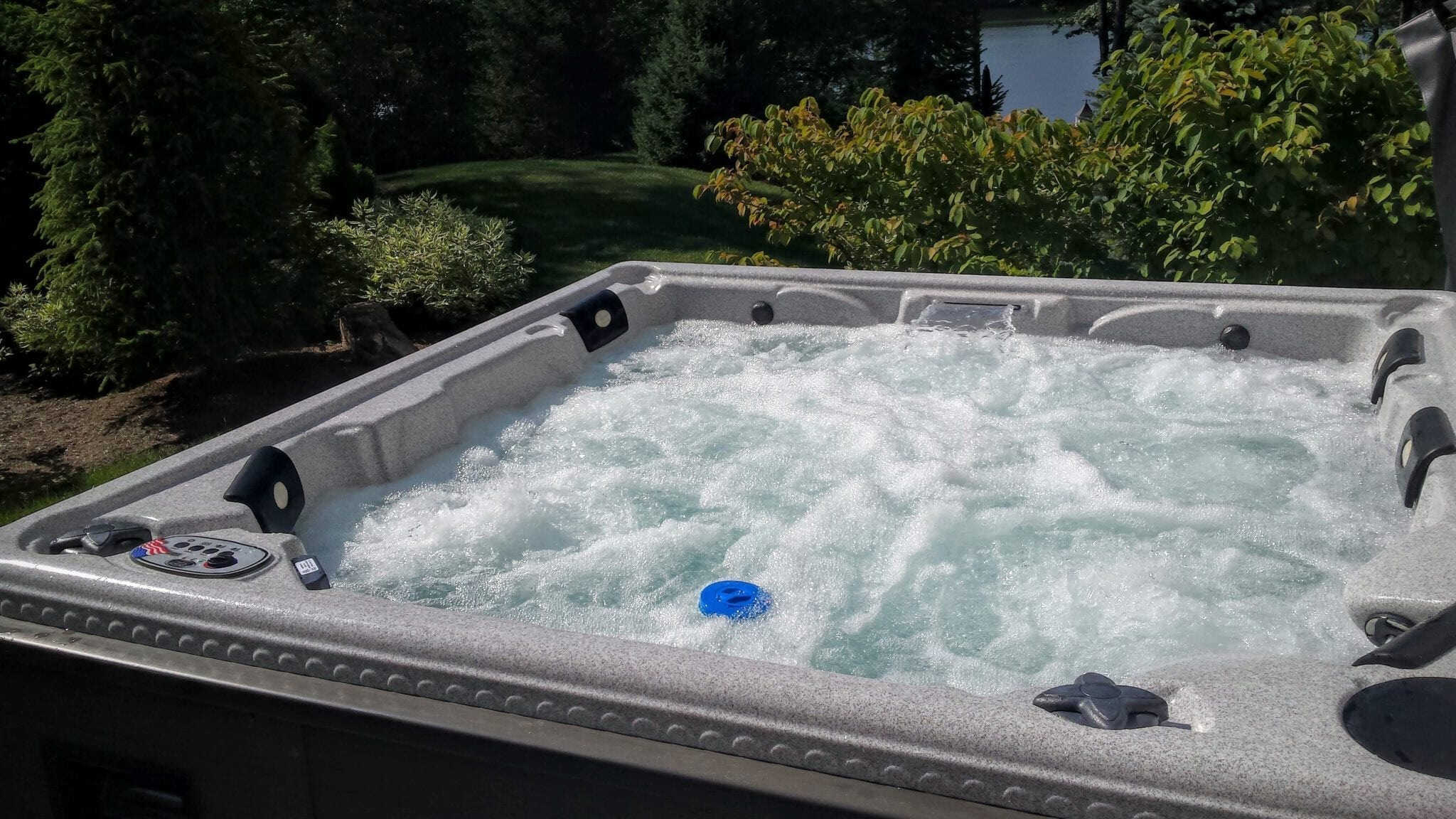

Pool & Spa Care
How Do You Increase The Alkalinity In A Hot Tub
Modified: February 25, 2024
Learn effective ways to increase the alkalinity in your hot tub with expert pool and spa care tips. Keep your water balanced and safe for a relaxing soak.
(Many of the links in this article redirect to a specific reviewed product. Your purchase of these products through affiliate links helps to generate commission for Storables.com, at no extra cost. Learn more)
**
Introduction
**
So, you’ve got a hot tub, and you want to make sure it’s in top-notch condition for your next soak. One crucial factor in maintaining a clean, safe, and comfortable hot tub is the alkalinity level of the water. Alkalinity plays a vital role in stabilizing the pH level, which, in turn, affects the efficiency of the sanitizer and the overall comfort of the water.
In this comprehensive guide, we’ll delve into the ins and outs of managing alkalinity in your hot tub. We’ll explore the significance of alkalinity, how to test its levels, and, most importantly, how to increase it when needed. Whether you’re a seasoned hot tub owner or a novice looking to keep your spa in pristine condition, this article will equip you with the knowledge and techniques to ensure your hot tub water is perfectly balanced. Let’s dive in!
**
Key Takeaways:
- Maintaining the right alkalinity level in your hot tub is crucial for comfortable and safe soaking. Test regularly and use baking soda or alkalinity increaser products to keep the water balanced.
- Alkalinity acts as a buffer to stabilize pH levels in your hot tub. By understanding its significance and using simple testing methods, you can ensure a consistently enjoyable soaking experience.
Understanding Alkalinity in Hot Tubs
**
Before we delve into the nitty-gritty of managing alkalinity in hot tubs, let’s first understand what alkalinity actually means in this context. Alkalinity refers to the water’s resistance to changes in pH. In simpler terms, it acts as a buffer, helping to stabilize the pH level of the water. When the alkalinity is within the recommended range, typically between 80-120 parts per million (ppm), it ensures that the pH level remains steady, preventing rapid fluctuations that can lead to discomfort and potential damage to the hot tub components.
When the alkalinity level is too low, the pH of the water can swing wildly, making it difficult to maintain a comfortable and safe environment for soaking. On the other hand, excessively high alkalinity can lead to cloudy water, scale formation, and reduced effectiveness of the sanitizer. Therefore, striking the right balance is key to enjoying a clean, clear, and inviting hot tub experience.
It’s important to note that alkalinity and pH are closely related but are not the same. While alkalinity acts as a buffer to prevent rapid pH changes, the pH level directly impacts the comfort of the water and the effectiveness of the sanitizer. Therefore, maintaining the proper alkalinity level is essential for overall water balance and bather satisfaction.
Now that we’ve established the significance of alkalinity, the next step is to learn how to test the alkalinity levels in your hot tub. This knowledge will serve as the foundation for effectively managing and adjusting alkalinity as needed.
**
Testing Alkalinity Levels
**
Ensuring that the alkalinity levels in your hot tub are within the recommended range is a fundamental aspect of proper water maintenance. Fortunately, testing the alkalinity is a straightforward process that can be easily integrated into your regular maintenance routine.
The most common method for testing alkalinity involves using test strips or a liquid test kit specifically designed for hot tub water. These test kits are readily available at pool and spa supply stores and are relatively simple to use. To test the alkalinity levels, simply dip the test strip into the water or collect a small sample in a clean container and add the provided reagent according to the kit’s instructions. After a few moments, the strip or the water sample will change color, indicating the alkalinity level based on the color chart provided with the kit.
When interpreting the test results, it’s important to aim for an alkalinity level within the recommended range of 80-120 ppm. If the test indicates that the alkalinity is below this range, it’s time to consider increasing it to achieve optimal water balance.
Regular testing, ideally at least once a week, is crucial for staying on top of your hot tub’s alkalinity levels. By doing so, you can promptly address any deviations from the ideal range and take the necessary steps to maintain balanced and comfortable water.
Now that we’ve covered the importance of testing alkalinity levels, let’s explore effective methods for increasing alkalinity when it falls below the desired range.
To increase the alkalinity in a hot tub, you can add baking soda. Start by adding 1 tablespoon at a time, then retest the water until the alkalinity reaches the desired level of 80-120 ppm.
Increasing Alkalinity Using Baking Soda
When your hot tub’s alkalinity levels dip below the recommended range, it’s time to take action to restore balance to the water. One effective and budget-friendly method for increasing alkalinity is by using baking soda, also known as sodium bicarbonate. This common household product serves as an excellent alkalinity booster, helping to stabilize the pH level and maintain water balance.
To increase the alkalinity using baking soda, start by ensuring that the hot tub’s circulation system is running to facilitate even distribution of the added alkalinity increaser. Next, refer to the manufacturer’s guidelines or use a reliable alkalinity testing kit to determine the current alkalinity level of the water. This step is crucial as it provides the necessary information to calculate the precise amount of baking soda required to raise the alkalinity to the desired range.
Once you have the test results, it’s time to add the baking soda. Begin by slowly sprinkling the calculated amount of baking soda directly into the hot tub water, focusing on distributing it as evenly as possible. It’s essential to add the baking soda gradually and allow time for it to dissolve before retesting the alkalinity. This approach helps prevent overcorrection and ensures that the alkalinity is adjusted in a controlled manner.
After adding the baking soda, allow the water to circulate for at least 30 minutes before retesting the alkalinity levels. If the results indicate that the alkalinity has reached the desired range, congratulations – you’ve successfully increased the alkalinity using baking soda! However, if further adjustment is needed, repeat the process, adding small increments of baking soda until the optimal alkalinity level is achieved.
By utilizing baking soda to boost alkalinity, you can maintain a well-balanced hot tub environment without breaking the bank. This cost-effective approach, combined with regular testing and diligent water maintenance, will help you enjoy consistently comfortable and inviting hot tub experiences.
Using Alkalinity Increaser Products
When it comes to adjusting the alkalinity levels in your hot tub, there are specific products designed to simplify the process and provide precise control over alkalinity adjustments. Alkalinity increaser products, often available in the form of granules or liquids, offer a convenient and efficient solution for raising alkalinity to the recommended range.
Prior to using an alkalinity increaser, it’s essential to test the current alkalinity levels in the hot tub water. This step provides the necessary baseline data to determine the appropriate amount of alkalinity increaser needed to achieve the desired range. Once you have the test results, refer to the product’s instructions to calculate the correct dosage based on the volume of water in your hot tub.
When adding the alkalinity increaser, it’s important to follow the manufacturer’s guidelines meticulously. Whether using granules or a liquid formula, ensure that the product is evenly dispersed throughout the water to facilitate uniform adjustment of alkalinity. For granular products, pre-dissolving them in a clean container of water before adding them to the hot tub can help prevent localized concentration and promote even distribution.
After adding the alkalinity increaser, allow the water to circulate for a sufficient duration to ensure thorough mixing and distribution of the product. Following this, retest the alkalinity levels to verify that the desired range has been achieved. If further adjustment is necessary, repeat the process, adding small increments of the alkalinity increaser as needed until the optimal alkalinity level is attained.
Utilizing alkalinity increaser products offers a precise and hassle-free approach to maintaining balanced alkalinity in your hot tub. These specialized products are formulated to deliver reliable results, making it easier to fine-tune the water chemistry and ensure a comfortable and enjoyable hot tub experience for you and your guests.
Read more: How Do You Increase Ph In Hot Tub
Conclusion
As we conclude our exploration of managing alkalinity in hot tubs, it’s evident that maintaining proper alkalinity levels is essential for preserving water quality, comfort, and the longevity of your hot tub. By understanding the significance of alkalinity and regularly testing its levels, you can proactively address any deviations and ensure that your hot tub water remains balanced and inviting.
Whether you opt for the cost-effective approach of using baking soda to increase alkalinity or prefer the convenience of specialized alkalinity increaser products, the key lies in regular monitoring and precise adjustments. By adhering to a consistent maintenance routine and promptly addressing any imbalances, you can enjoy a consistently comfortable and enjoyable hot tub experience.
Remember, balanced alkalinity not only contributes to the overall water quality but also plays a crucial role in preserving the hot tub’s components and equipment. By maintaining optimal alkalinity levels, you’re not only enhancing your soaking experience but also extending the lifespan of your hot tub.
So, as you bask in the soothing warmth of your hot tub, take pride in knowing that you’ve mastered the art of managing alkalinity, ensuring that your oasis remains a pristine and inviting retreat for relaxation and rejuvenation.
Here’s to many more blissful soaks in your perfectly balanced hot tub!
Frequently Asked Questions about How Do You Increase The Alkalinity In A Hot Tub
Was this page helpful?
At Storables.com, we guarantee accurate and reliable information. Our content, validated by Expert Board Contributors, is crafted following stringent Editorial Policies. We're committed to providing you with well-researched, expert-backed insights for all your informational needs.
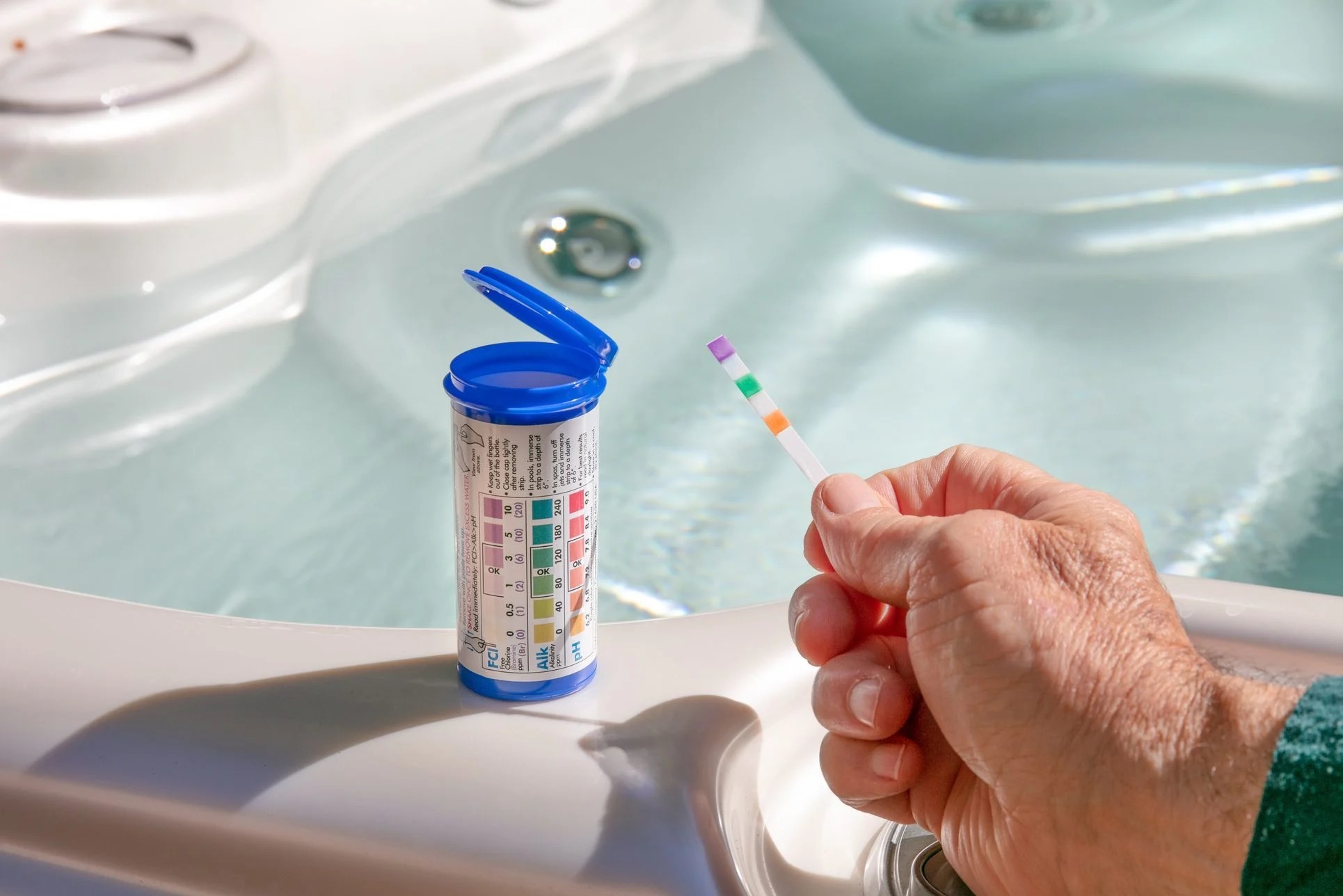
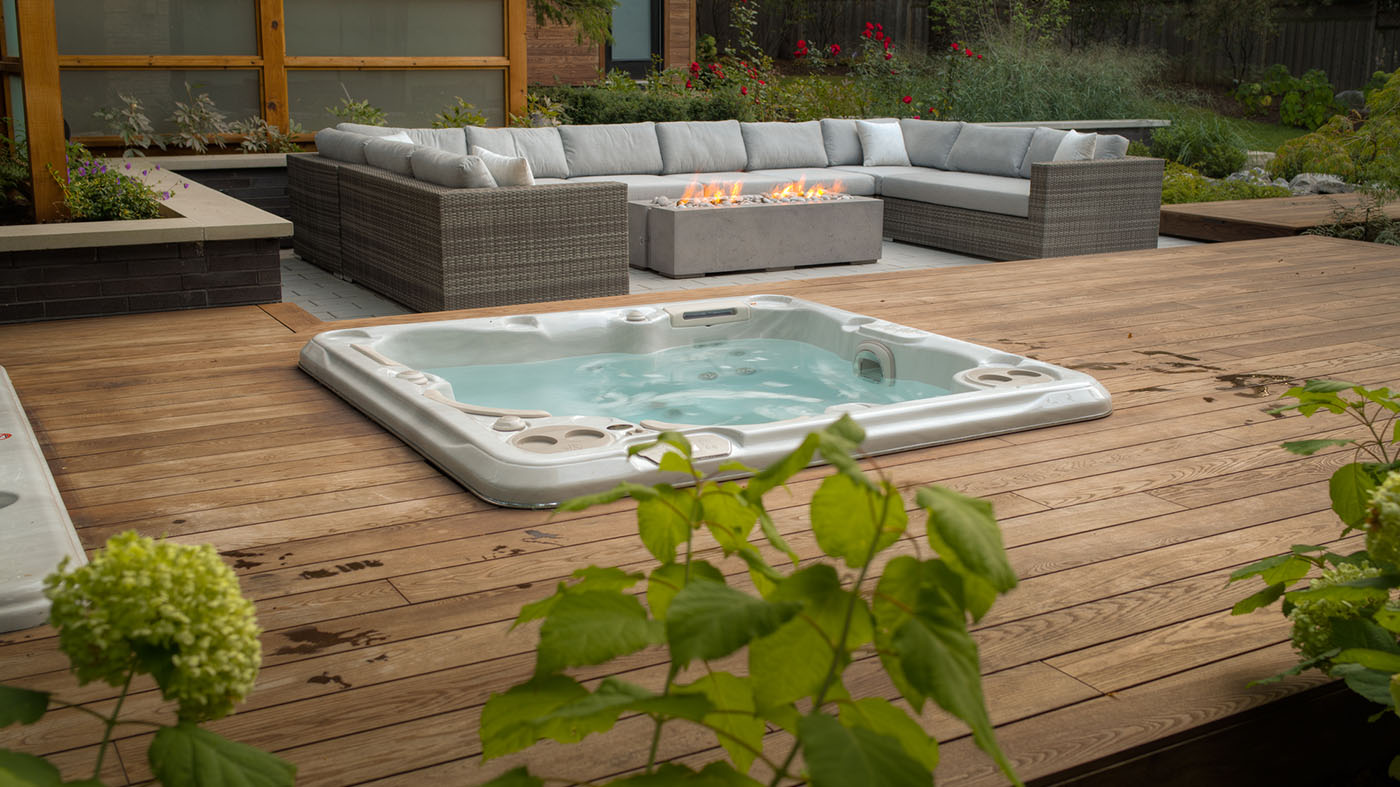
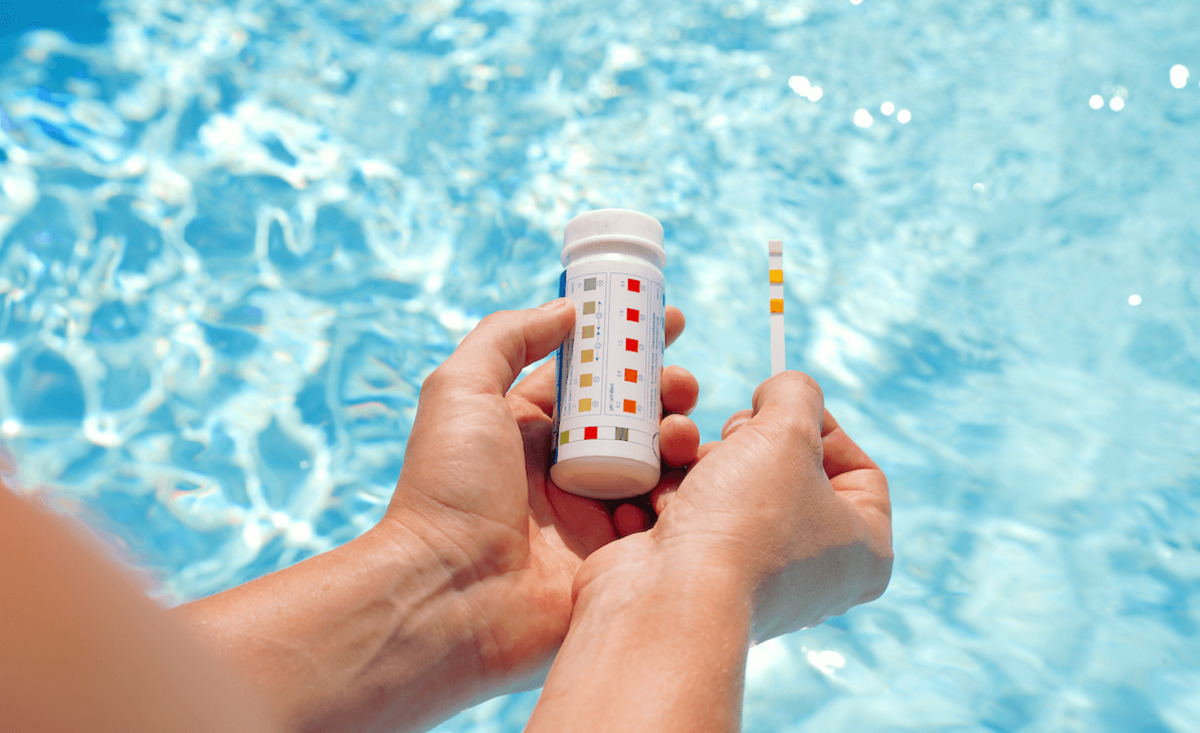
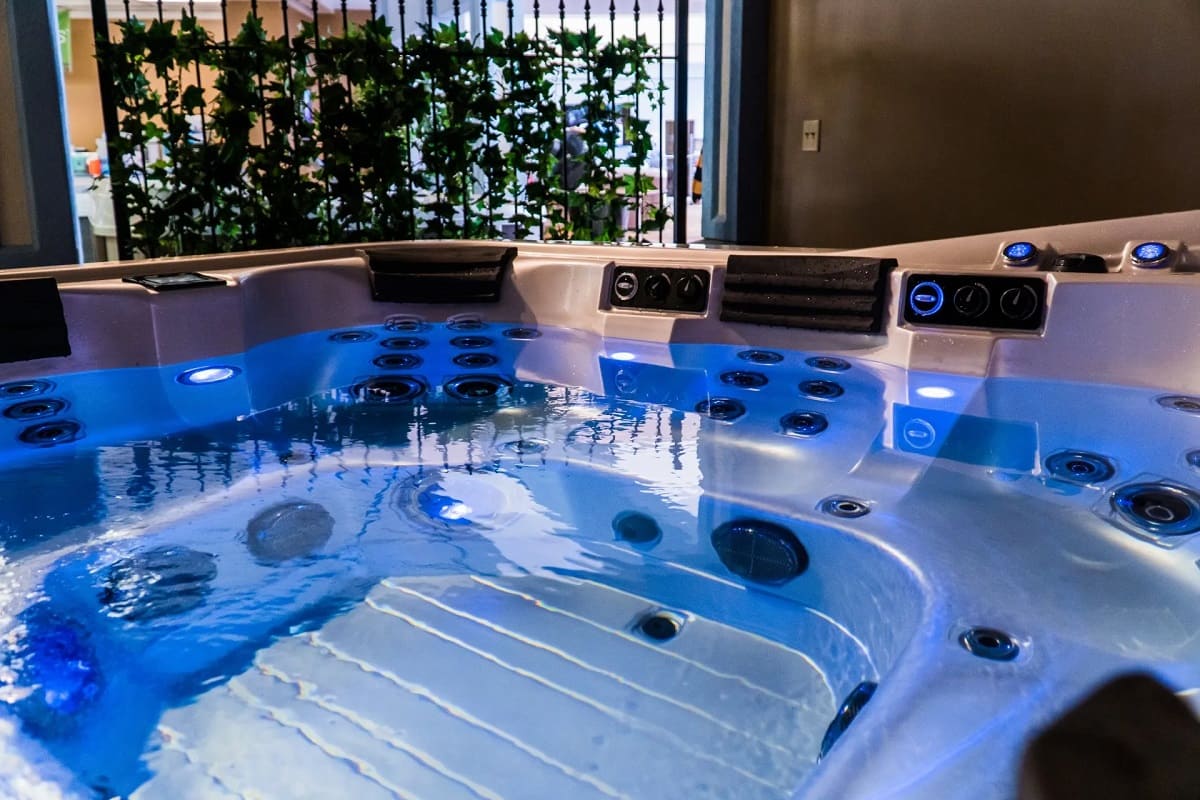
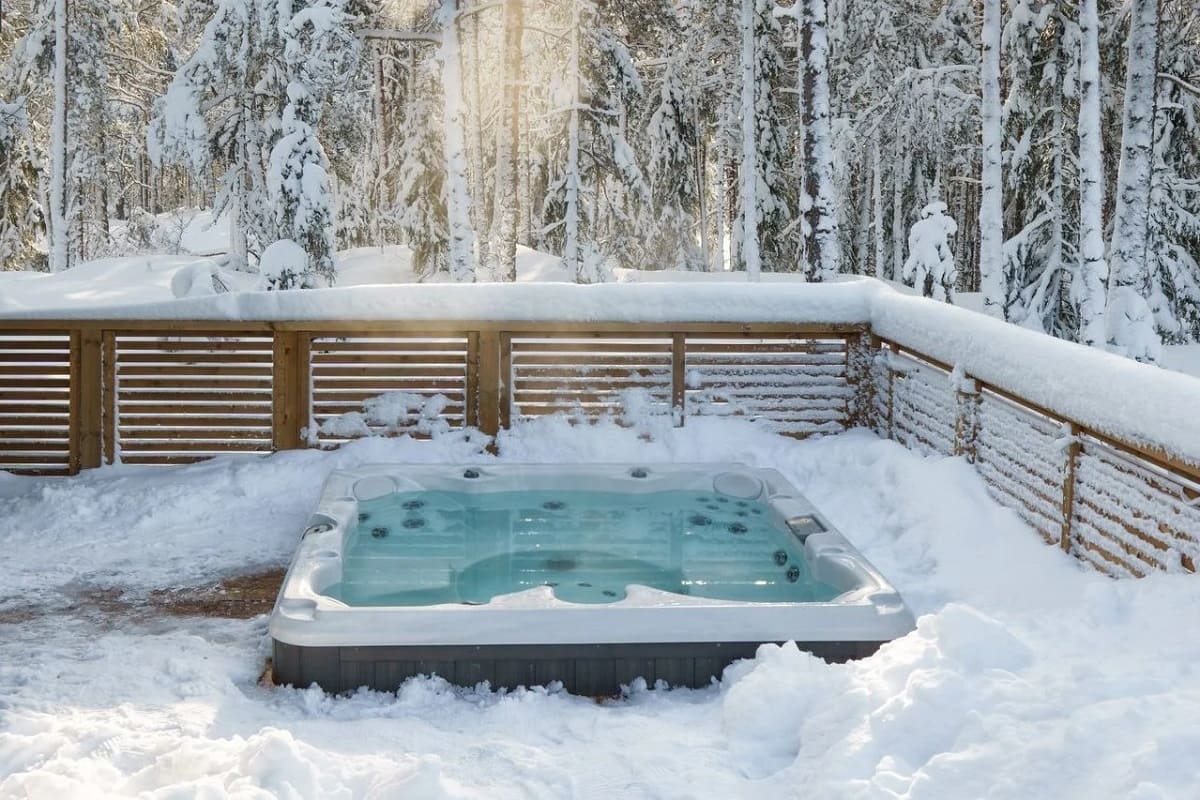
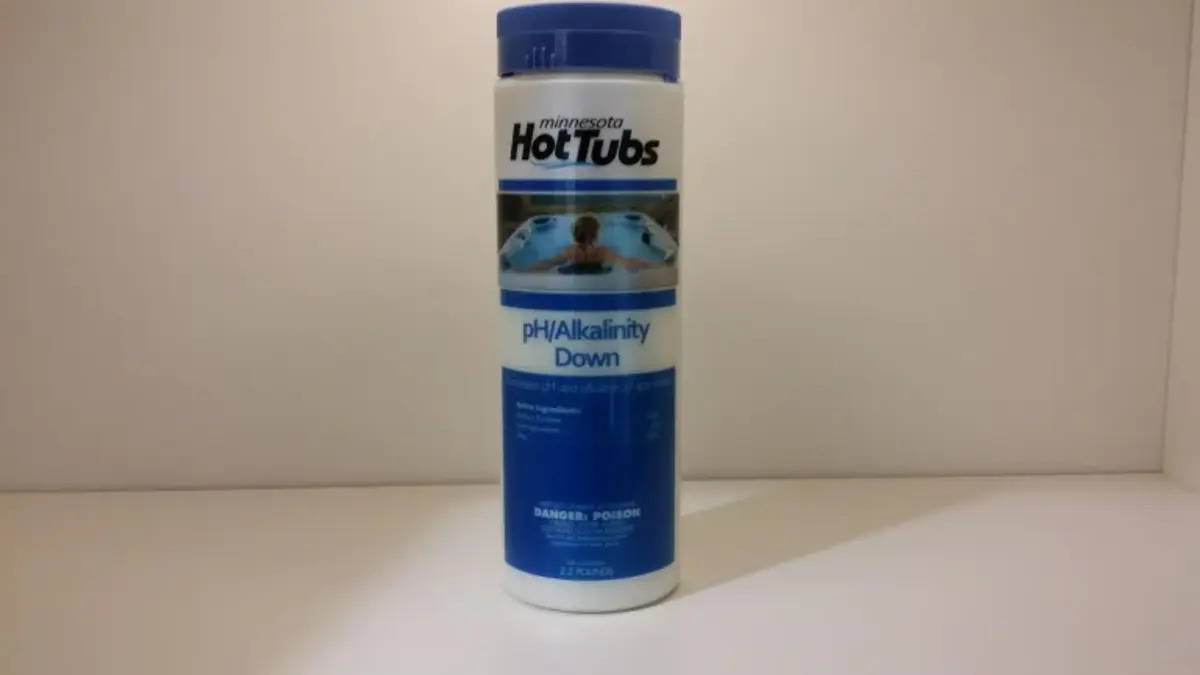


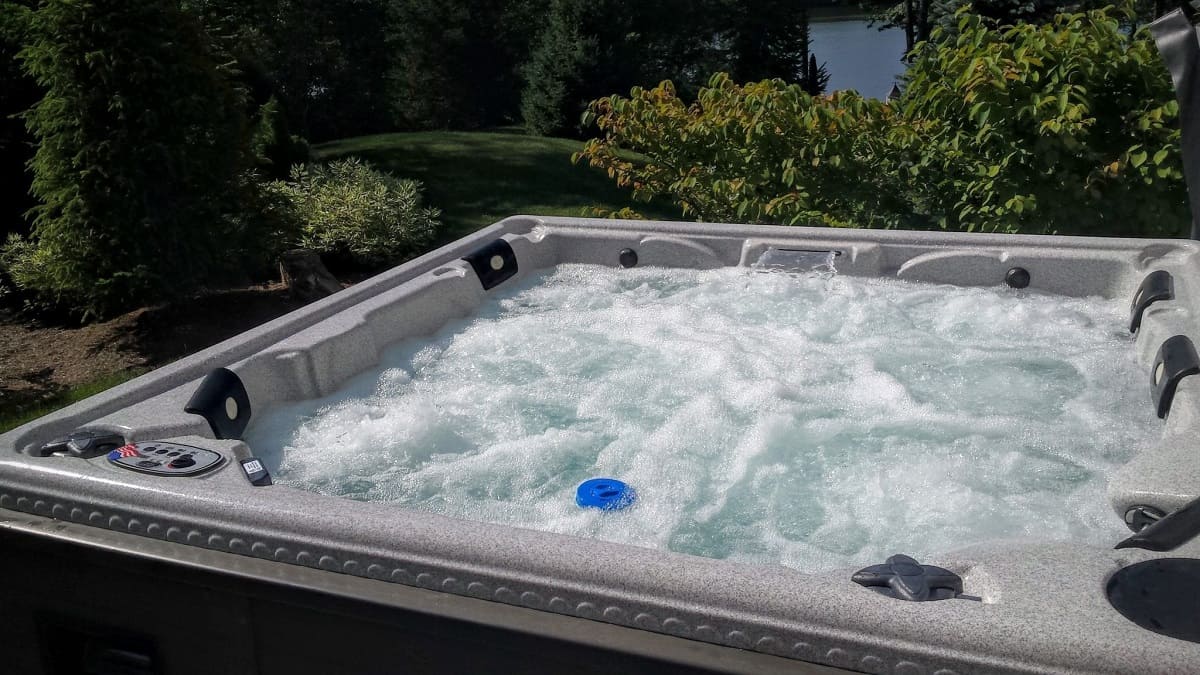
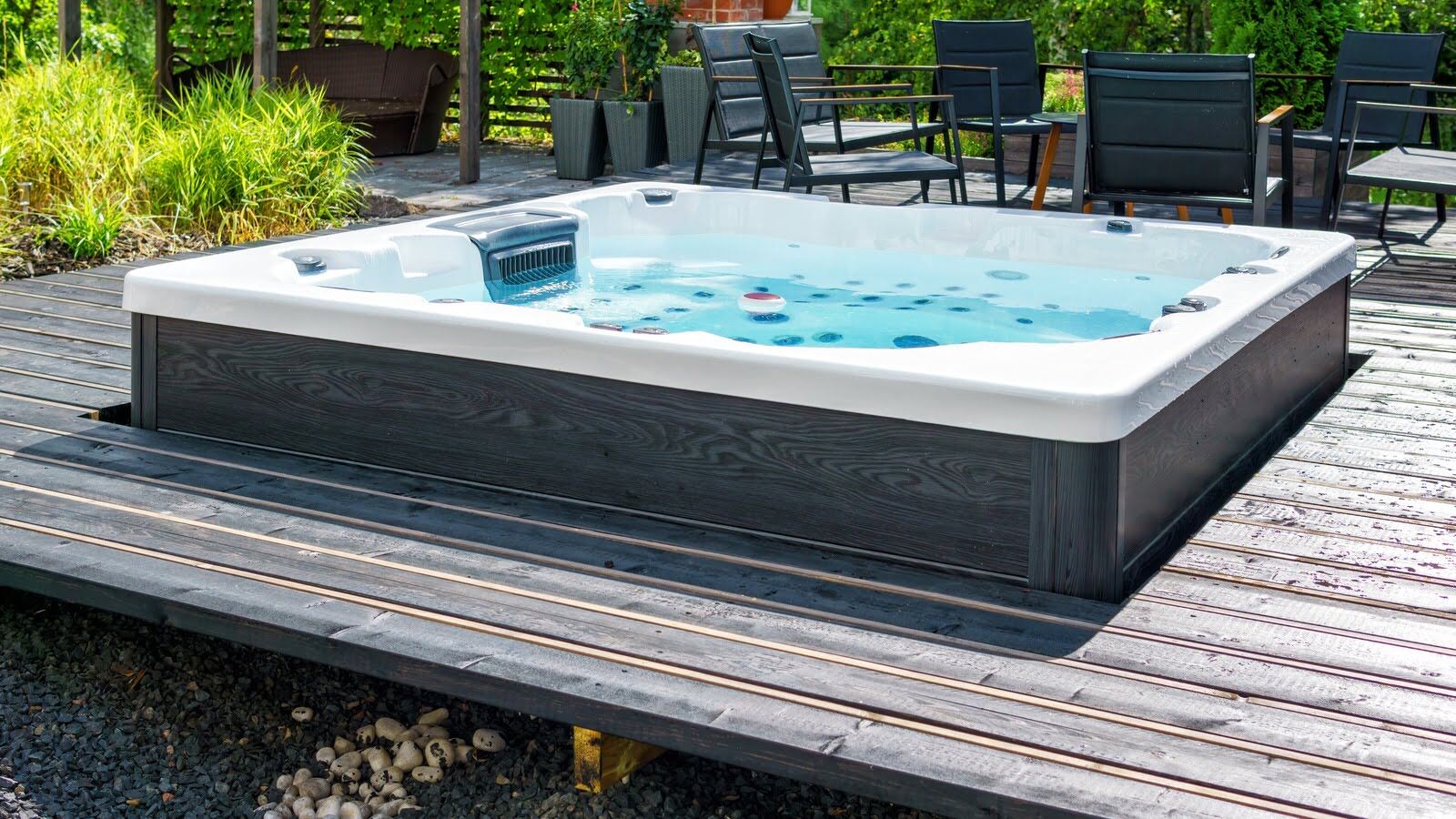
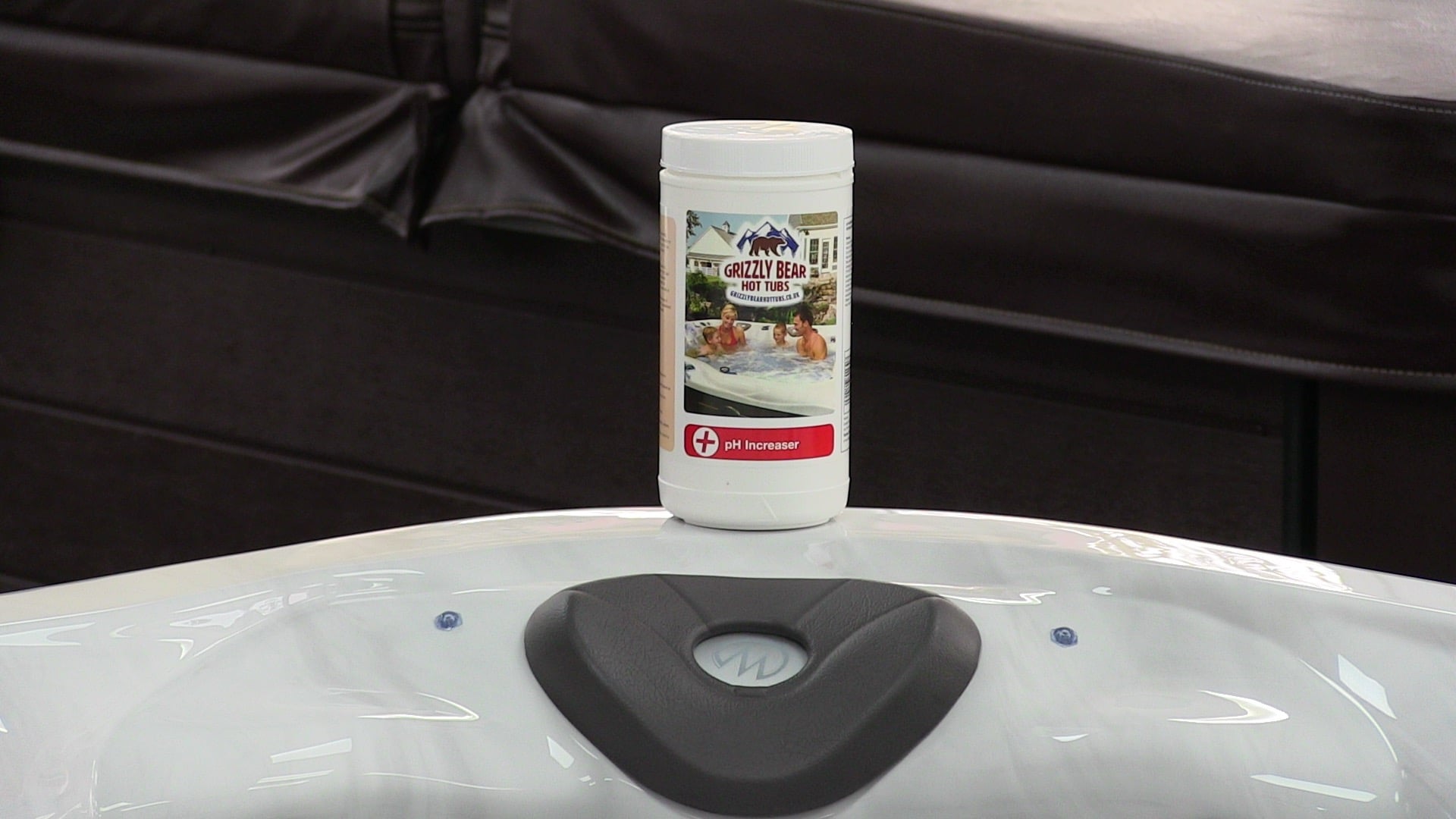


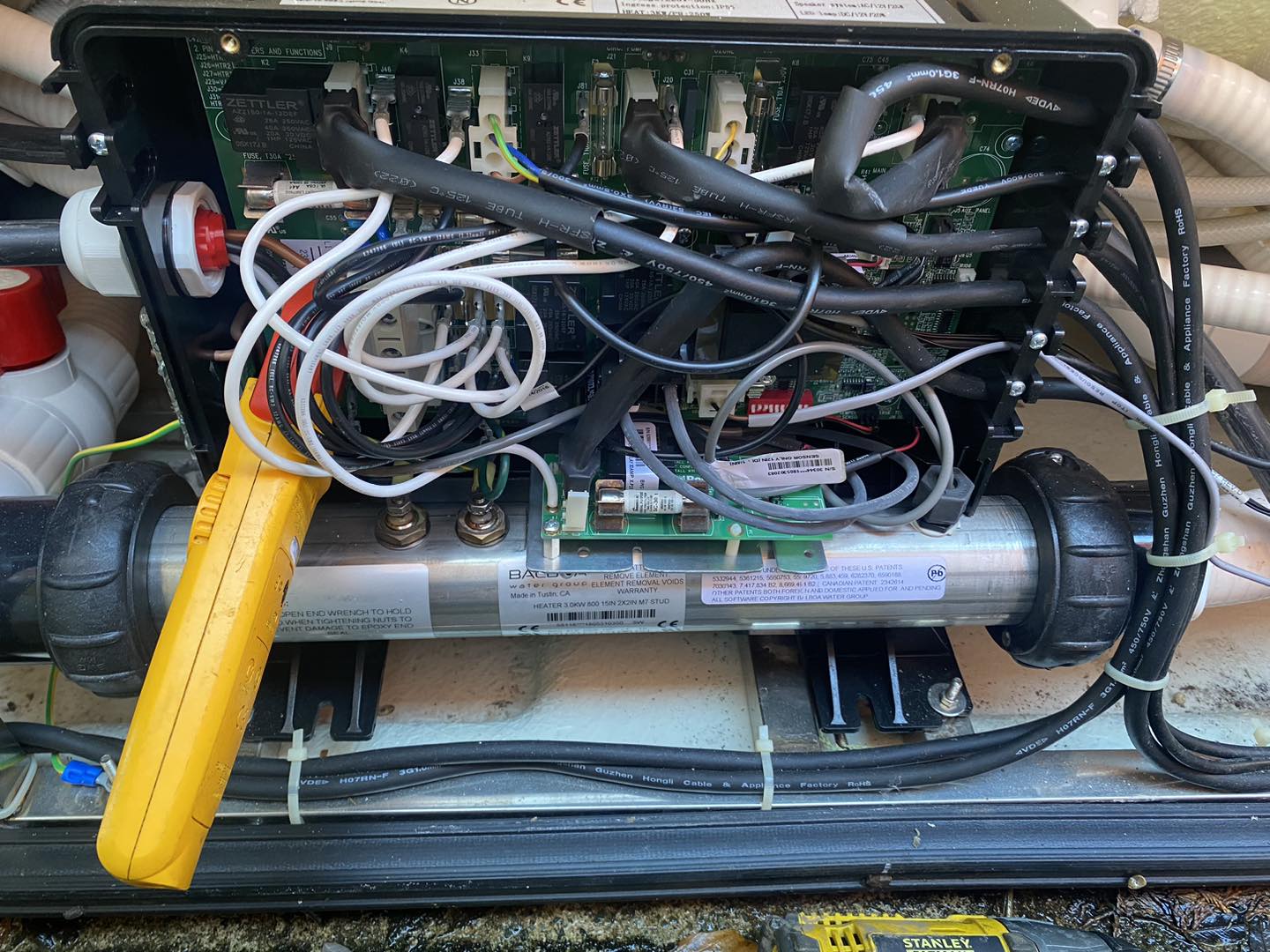

0 thoughts on “How Do You Increase The Alkalinity In A Hot Tub”